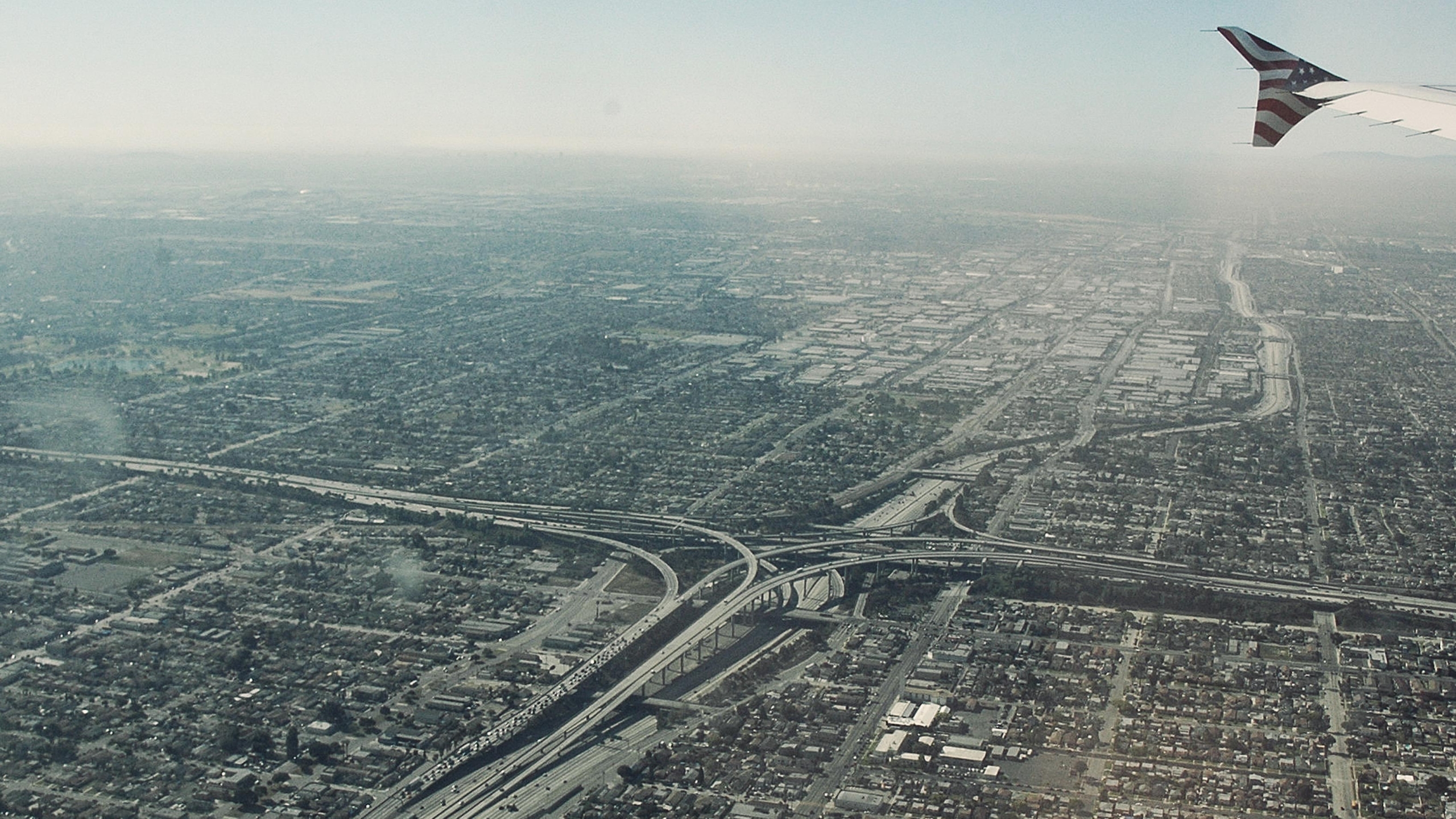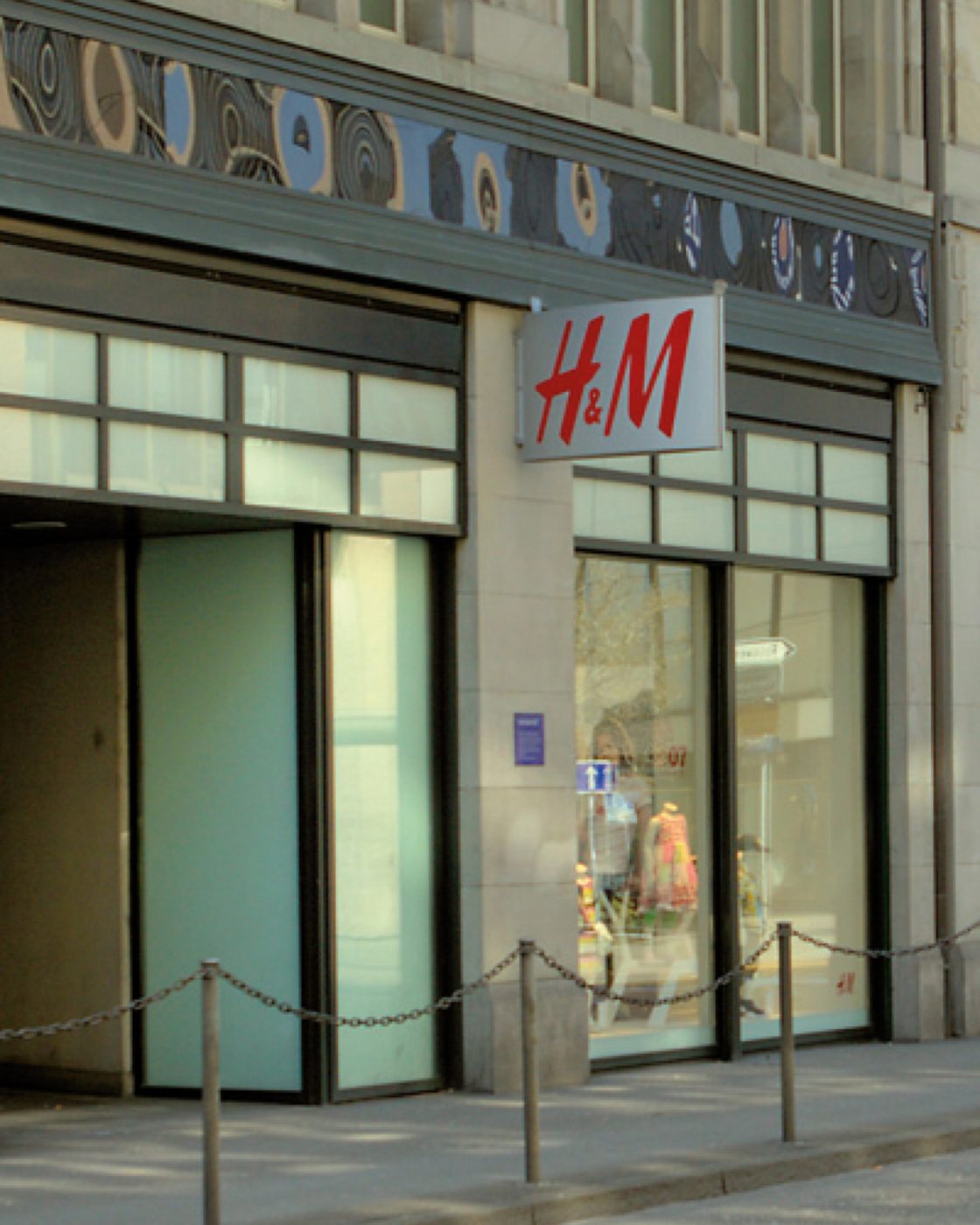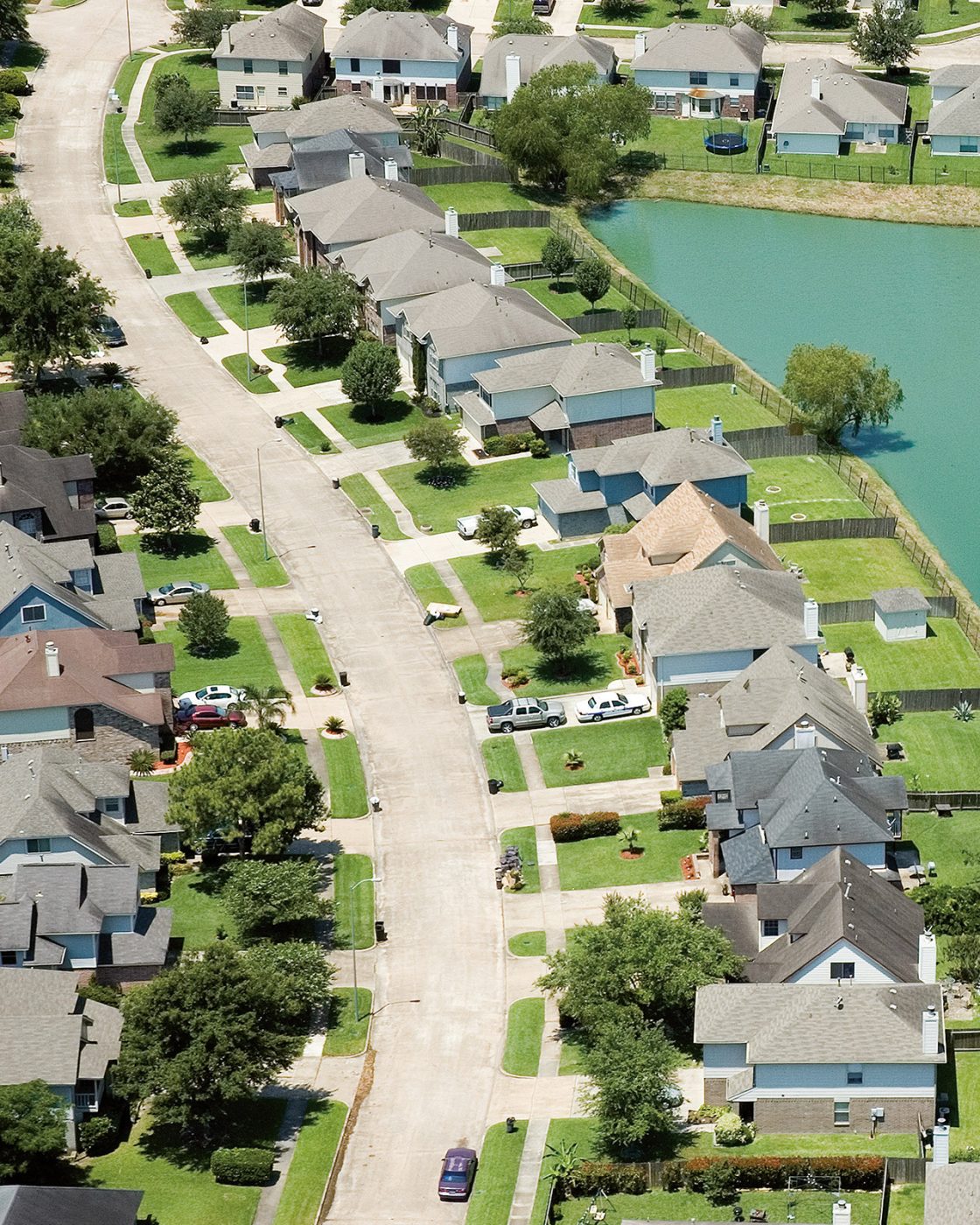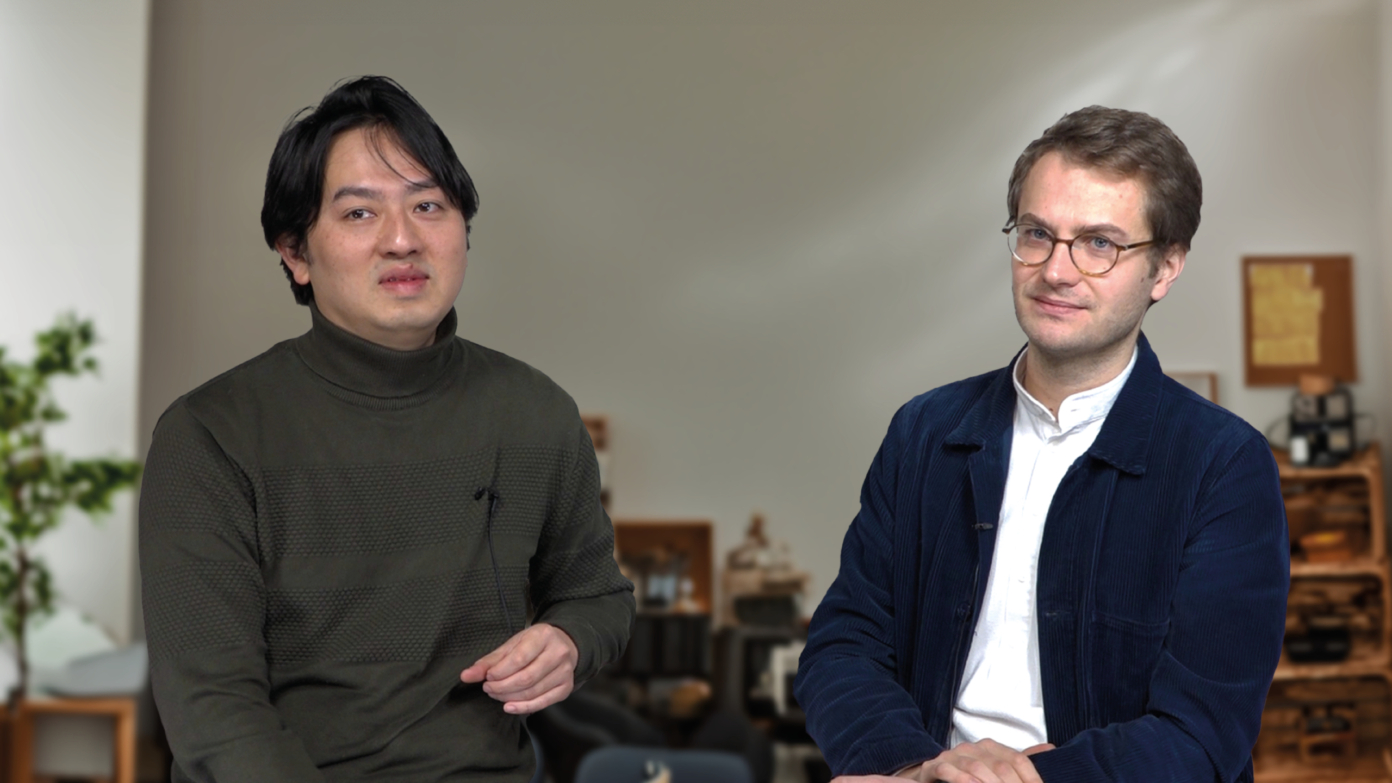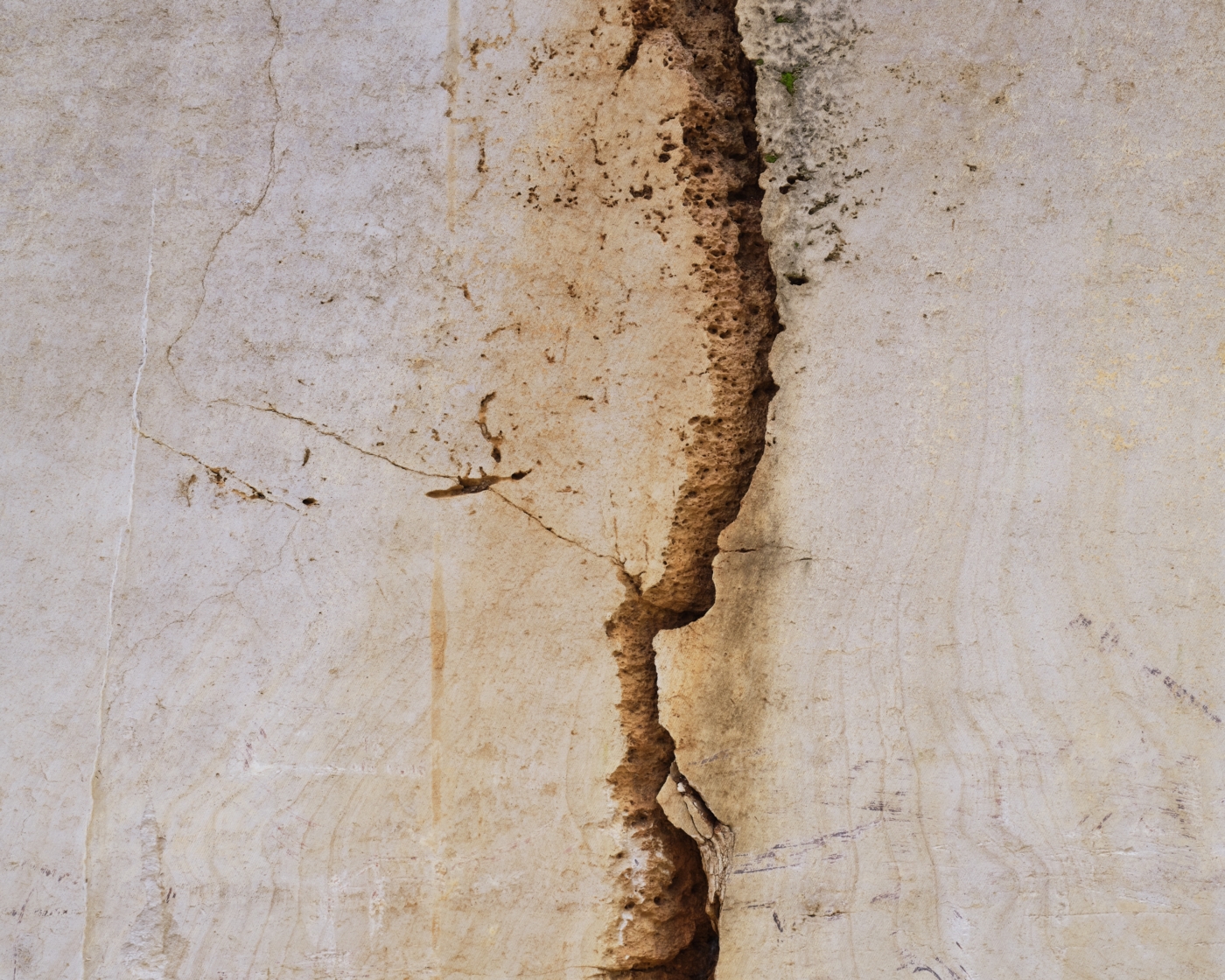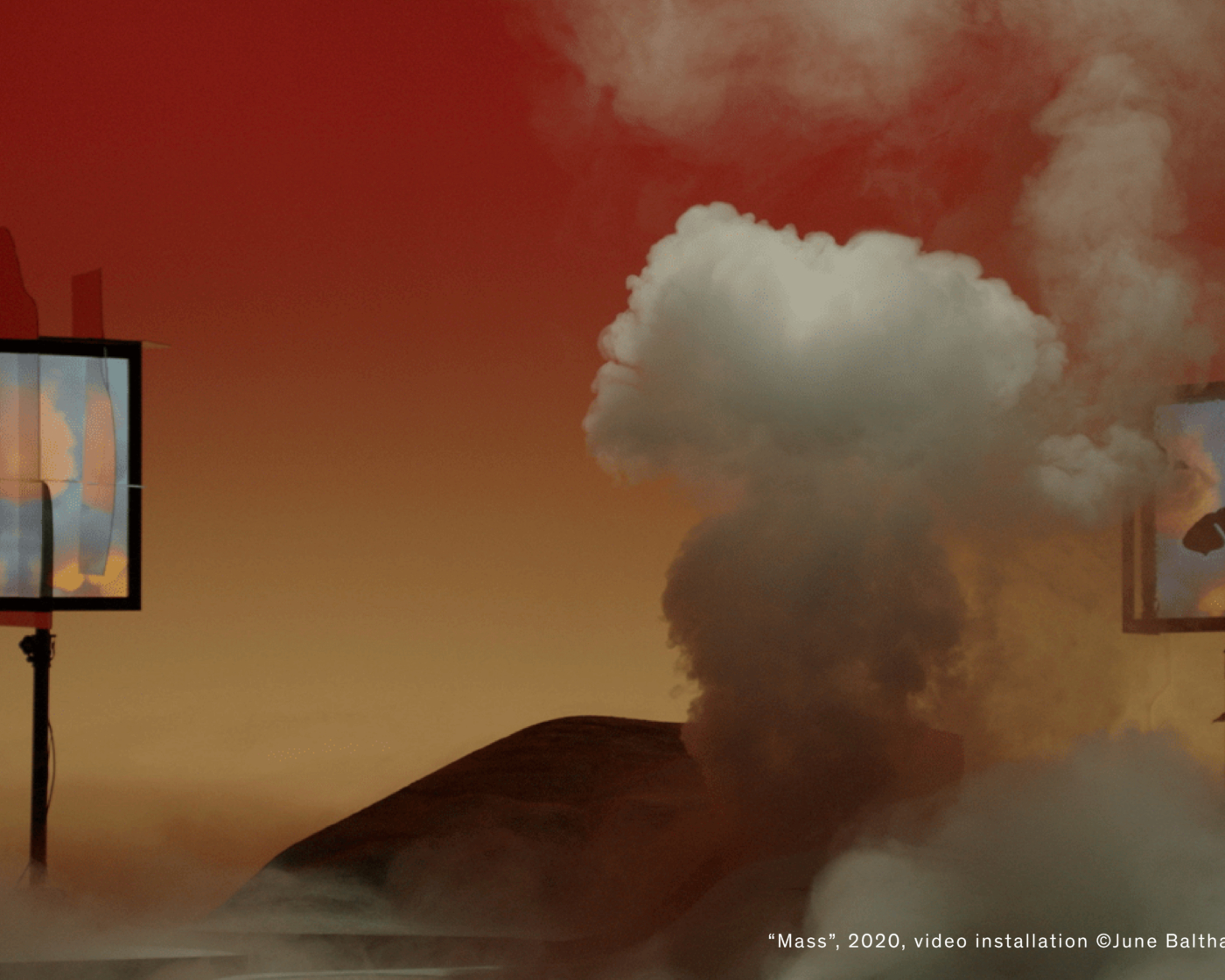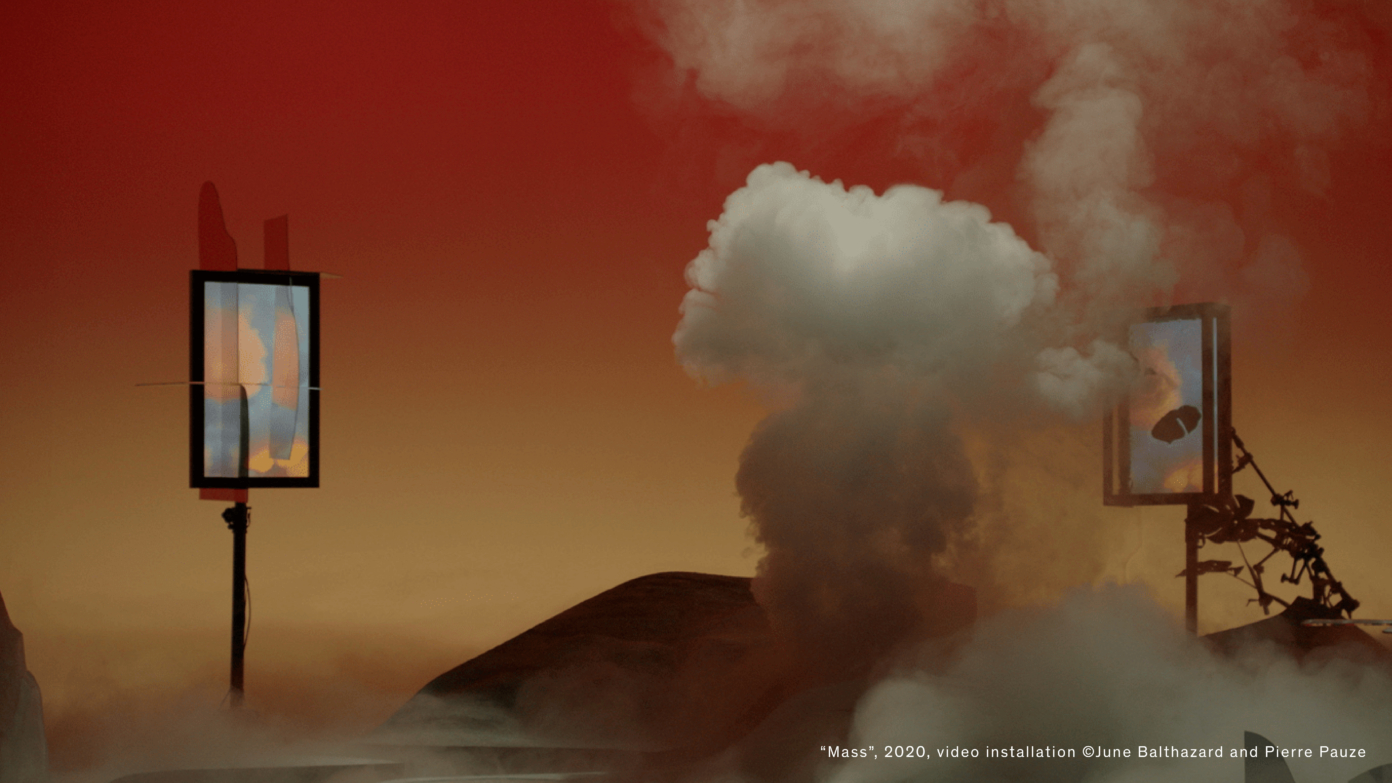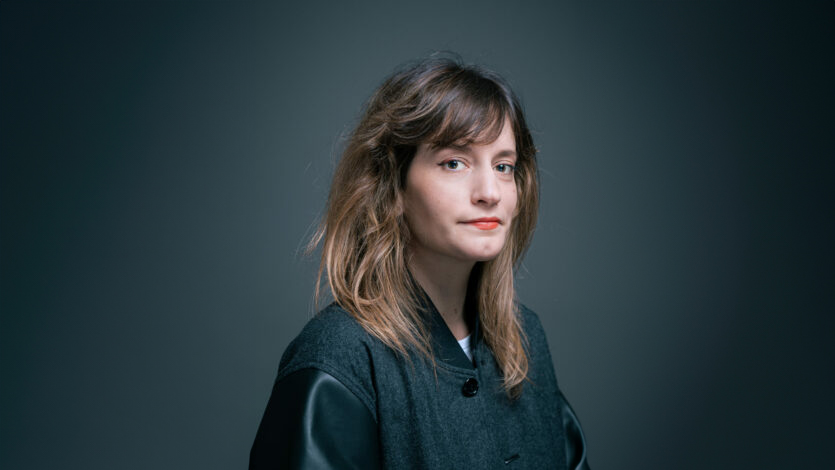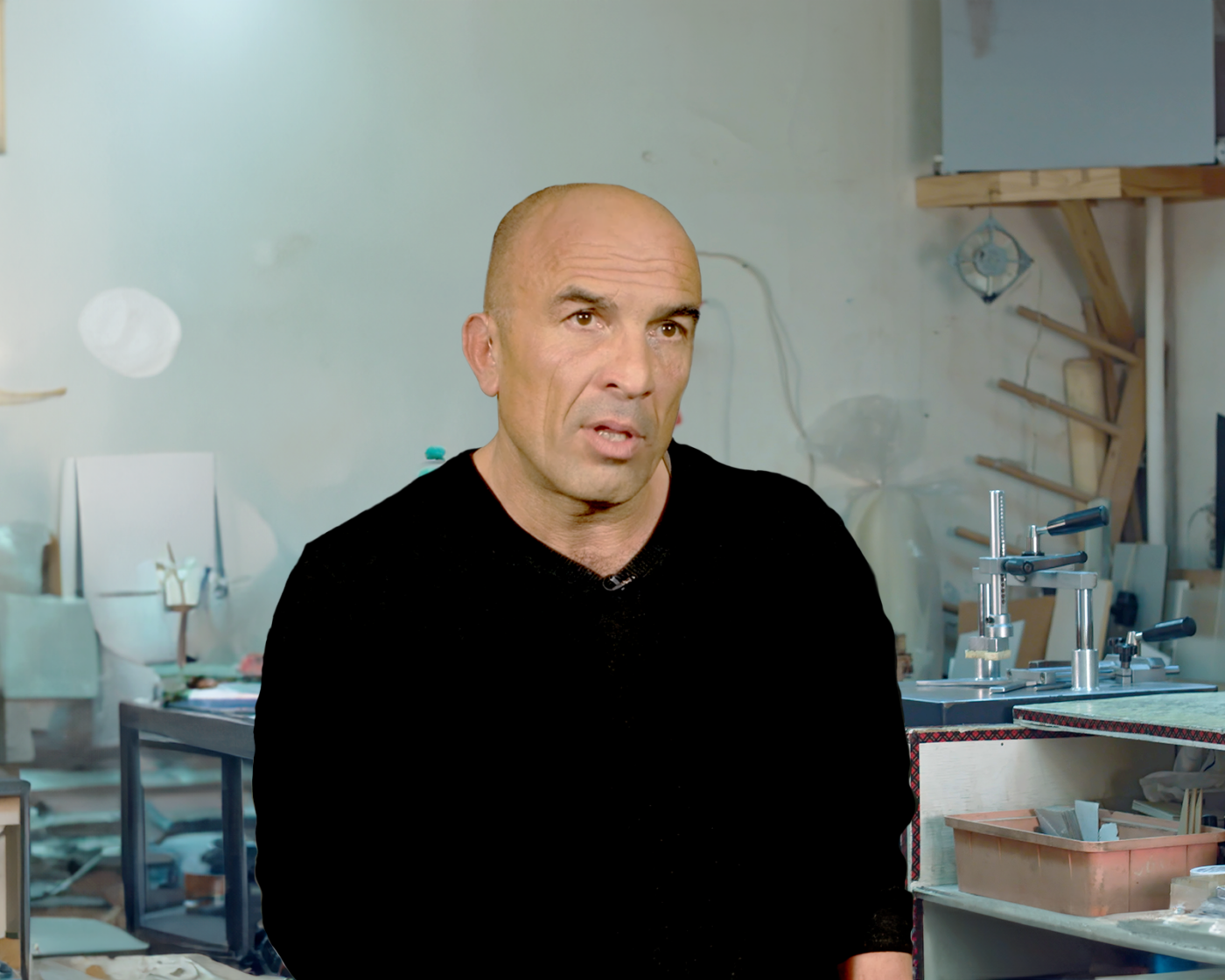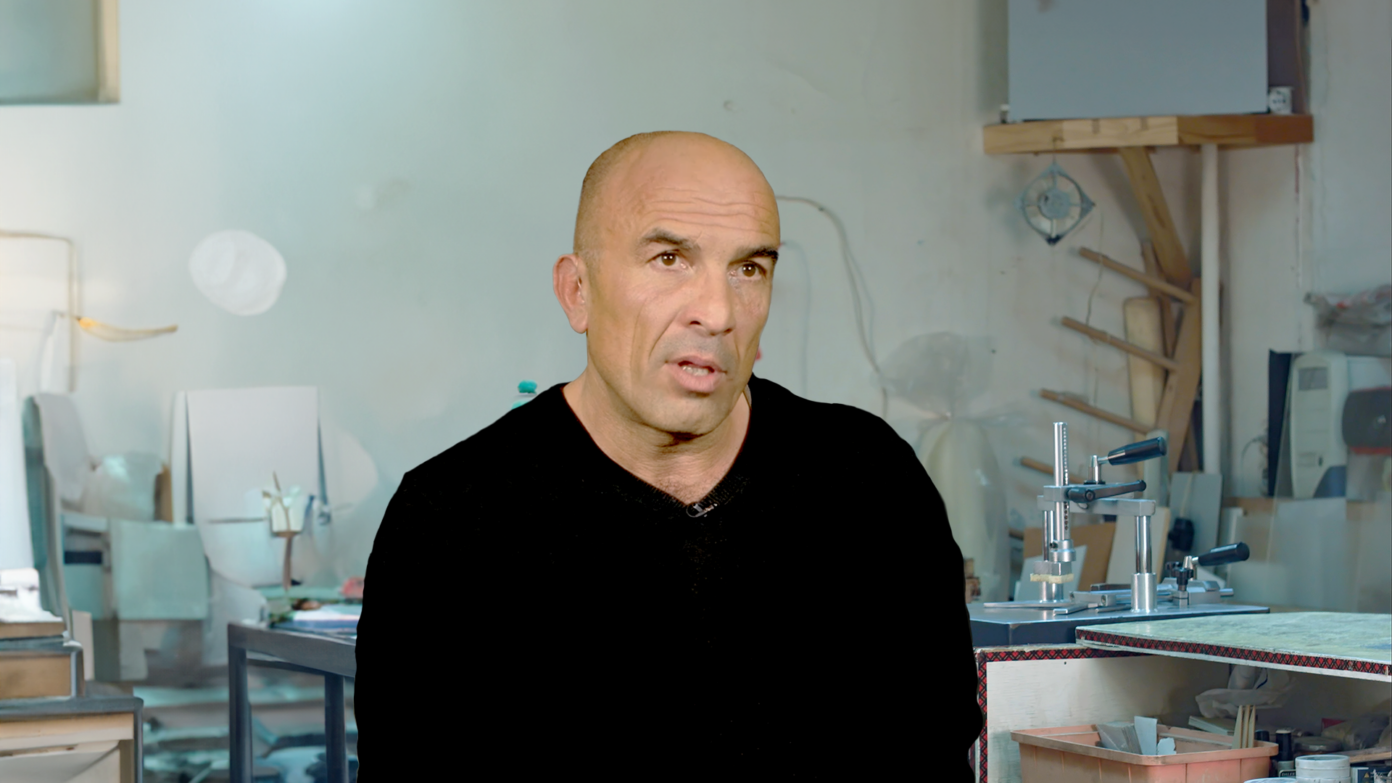The Welfare City
In Stockholm, Tunnelbanan—the subway—has demonstrably replaced the freeway network of the City of One; here every man, woman, and child is equal in the flickering lights of the netherworld. Sixty-five percent of the population works in the public sector, paying roughly the same percentage in tax. Curiously, burnout—various forms of exhaustion from work and family demands—is an acknowledged disease here, on par with broken bones and influenza. Yet a thriving industrial culture manages to keep Sweden on a technological edge, compensating in part, and for the moment, for the public indulgences. Many major companies, such as Ericsson, Volvo, Scania, Atlas Copco, and Asea (now Asea Bovery), all formed some hundred years ago, are still productive (with added giants such as Ikea, Hennes & Mauritz and Tetra Pak), although many have been sold to global organizations. Astonishingly beautiful Stockholm with its public amenities, built on many islands and so known as the Venice of the North, has (as do many European nations) an immigration problem, yet to be dealt with in any decisive way.
The Ballardesque projection of this city is twofold. First there is a vibrant mixed culture of emigrants thriving on an entirely black market economy in formerly defunct satellite cities with newfangled names like Farsta, Tensta, Hjulsta, and Vallingby. Here anything goes. Police (unable to communicate in the new patois of Turk-Svenska) sit mesmerized, hanging onto their coffee cups in their idling patrol cars; unlicensed dentists and doctors have their services exchanged for Baltic carpentry and Syrian transportation services. Bazaars of black market foods, drinks, and medicine have displaced the old social services system. Alcohol smuggling is rampant, beating the prices of the state liquor stores. New community politics imported from Zagreb and Isfahan have replaced the turgid social-democratic party machine. Snow soccer played with black balls has replaced ice hockey.
Second there is the core society, a large minority of which lives half the year in the Canary Islands or in Thailand. The remaining population (ethnic Swedes and third-generation emigrants) runs the underworked bureaucracies (Dilbert, Scott Adams’s cartoon engineer, would feel right at home, “thriving on vague objectives”), but these people also have a part-time existence since half their time is spent in understaffed convalescent hospitals. The most successful ones are run as satellites in Palma de Mallorca and Casablanca.
In a coda, an absent semi-oligarchy (probably residents of Ballard’s hometown, London, close to “the tarmacs of Heathrow”) runs, again rather vaguely, the state economy. A condition of absurdity has arrived in which everyday economic activity, the interactions not included in official statistics, is run, Lagos-style, by real people on real streets in a real city, while the official economy—whose electronic signatures race across the global ticker tapes for everyone to see—is run by a virtual cadre of tax evaders. “Money laundering” à la Suedoise, now ranging from “handwashing” in the ancient community creek to major “industrial laundry” on a global scale, is on par with the collective loads conducted by all the hotel chains of the world. The ghetto has reached its logical conclusion—the only thing shared in common is geography.
